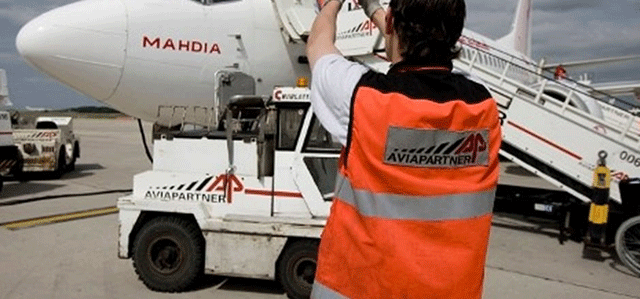| 
The profits of Asia-based airlines shrank
last year compared to 2010, largely due to declining cargo returns,
although rising fuel bills also played a huge part. So far in 2012,
the cargo markets have again been bearish, with year on-year volumes
carried by Asian airlines on international routes contracting in the
first quarter. But despite all the gloom, the view among forwarders—many
of whom, it should be noted, continue to rack up profits from air movements
despite the travails of carriers—is that Asia will be the prime
source of most cargo volume growth over the next year or so.
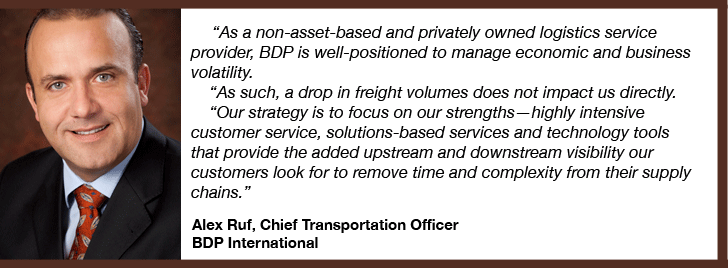 |
Certainly that is the view taken by BDP International,
the U.S. 3PL that is increasingly staking out a home in Asia’s
air freight industry. The Philadelphia-headquartered company offers
a range of intercontinental services to and from Asia as well as intra-Asia
options via its range of owned offices and network partners.
“We believe the bright spots for
the next 12 months will be more geographically focused than industry-specific,”
said Alex Ruf, Chief Transportation Officer, who explained that BDP
uses its long-standing volume procurement relationships with carriers
to deliver competitive rates to customers.
“Asia-Africa, both to and from,
is a trade lane many are watching closely as an alternative to mature
markets in Europe and the U.S. While there are not yet huge volumes
being moved, we believe this trade lane will be significant in the future.”
In China, BDP is now taking steps to expand
its footprint as production moves inland and northwards, away from expensive
coastal regions. “For example, we are seeing a strong push to
move manufacturing production inland to second-tier cities in China
and Indochina and this will increase demand for more sophisticated logistics
services in these locations,” he explained.
“The natural evolution of trade
will drive international logistics service providers to these regions,
though presently few are prepared to do so.
“Our expansion will focus not just
on the western region, but also the northeastern region, including Dalian
and Shenyang, where we already have plans to enhance our presence.”
Ruf said the impact of this shift in population
and resources will be felt most in southern China, in the Shenzhen and
Guangzhou regions. “We do not anticipate a significant impact
on Hong Kong, since business activity shifted to mainland China years
ago,” he added.Air freight demand in 2011, said Ruf, was “volatile”
through the year until demand for freight services surged in November
and December. “Much of this demand was driven by our customers
moving consumer products in conjunction with the peak holiday season,”
he said.
This year he believes there are signs
of an upturn on the Transpacific and Asia-Europe lanes. “Certainly
there are improvements in the U.S. economy driven by several consecutive
months of strength in consumer demand in the retail, consumer and durable
goods sectors,” he added. “The Euro Zone is shaping up to
be uneven at best. Western Europe and German GDP in particular is still
in plus territory, while southern Europe continues to contract.”
Irrespective of demand, however, he said
BDP would be able to manage market fluctuations. “As a non-asset-based
and privately owned logistics service provider, BDP is well-positioned
to manage economic and business volatility,” he explained. “As
such, a drop in freight volumes does not impact us directly.
“Our strategy is to focus on our
strengths—highly intensive customer service, solutions-based services
and technology tools that provide the added upstream and downstream
visibility our customers look for to remove time and complexity from
their supply chains.”
Ruf’s colleague Michael Ford, Vice
President Regulatory Compliance and Quality, said the biggest challenge
in the air freight sector from a forwarding perspective was one of compliance
to the various advance notice regimes for pre-loading now in force around
the world. “Governments are asking for detailed information from
various parties in the supply chain to ensure they know who is shipping
what and to whom,” he said.
“If not managed properly, this demand
for information can cause delays and added expense. At BDP we have dedicated
regional teams that specialize in compliance issues, providing timely
advisories of regulatory change and professional consultation for our
customers.”
The other big challenge, said Ruf, was
soaring fuel prices. “It is impossible to literally insulate supply
chains from the increased cost of high fuel prices,” he said.
“But fuel is only part of the total
cost of providing logistics and transportation services. Forecasting,
sourcing contingencies, volume procurement relationships with numerous
carriers, and the autonomy to deliver unbiased solutions which remove
time and expense all play a part in helping our customers manage volatility.”
SkyKing |




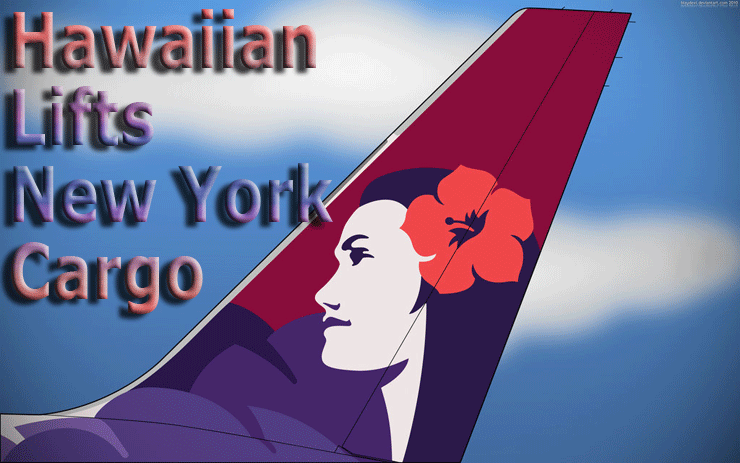
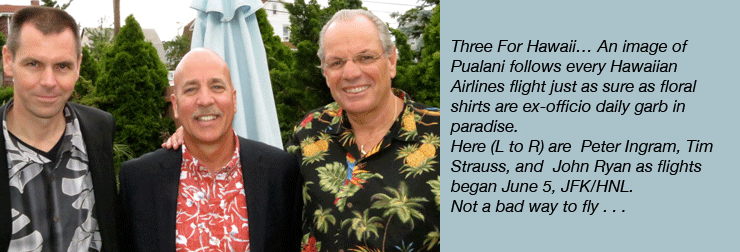
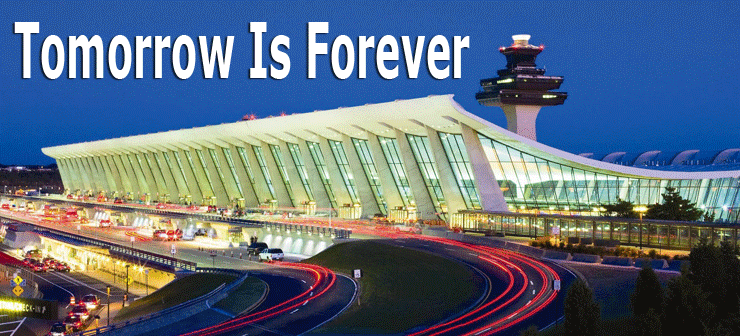



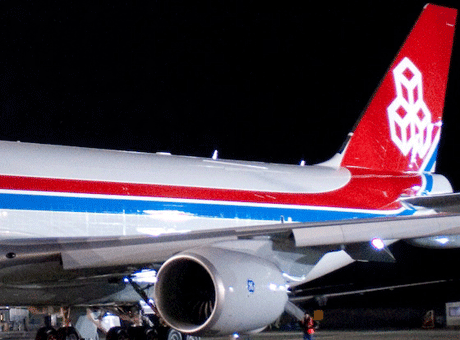 Freighters
& Billionaires As Millionaires
Freighters
& Billionaires As Millionaires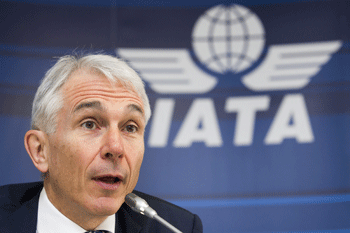
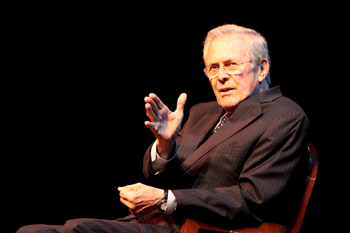
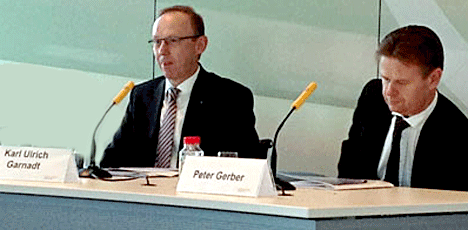 .
. . Lufthansa Cargo executive board member Peter Gerber responsible
for finance and human resources since June 2009 has moved to Lufthansa
German Airlines to take over the newly created human resources
and infrastructure services division on the airline’s board
effective June 1.
.
. . Lufthansa Cargo executive board member Peter Gerber responsible
for finance and human resources since June 2009 has moved to Lufthansa
German Airlines to take over the newly created human resources
and infrastructure services division on the airline’s board
effective June 1.